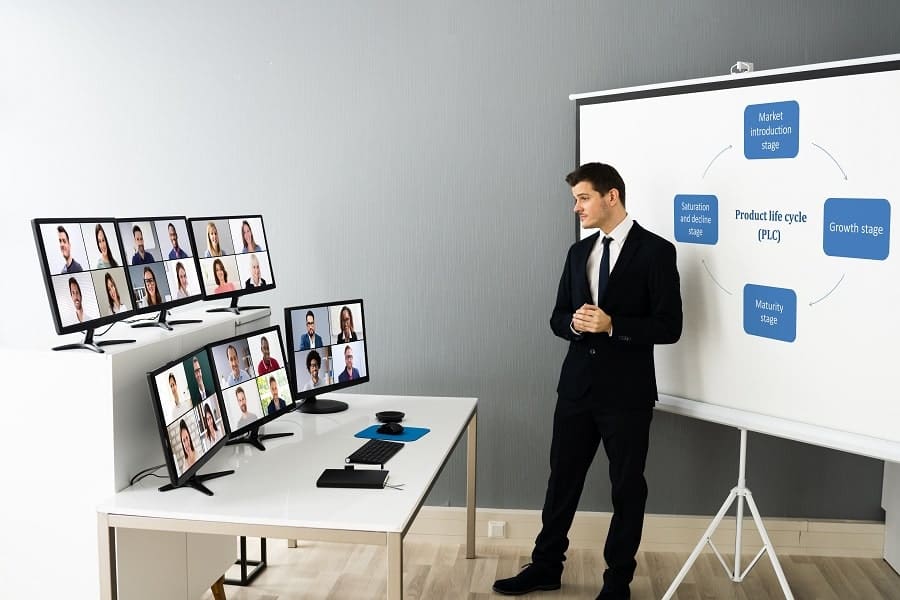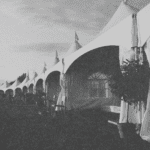It wasn’t long ago that the main event was the live component of any in-person event. Virtual or hybrid events in the past may have been thoughtfully produced, but were always supplements to the program, not the core elements. What was once described as an afterthought, virtual has now become the new “live.” Although the transition into virtual has come from the challenges the pandemic brought us all, the opportunities and possibilities to reach and engage our audience has become so much greater.
To take advantage of these new opportunities, here are 4 tips to maximize your attendee’s virtual experience!
Tip #1: Plan that Virtual Is Here to Stay
When the pandemic began, the common mentality centered around putting temporary holds on events while adding some virtual elements. This was done with the anticipation that we would be returning to normal life in the Fall. As we’ve learned, this was not the case. As people are realizing that virtual and hybrid events are here to stay, we’ve seen more investment in long- term strategy planning that involves live-events being virtual first, then transitioning into hybrid experiences.
Understanding this, it’s important to take a big-picture, strategic approach to your live event planning. Although vaccines are being distributed, the pandemic has not slowed down yet. Set long-term strategies that involve executing virtual and hybrid events strategically.
Tip #2: Look At Your Event through the Eyes of Your Attendees
Through this approach, you’ll set a higher bar for a more seamless, and content-rich experience. You may have easily been forgiven for technical glitches a year ago, but now it’s understood that many different pieces must come together to effectively create an engaging experience. Putting yourself in the eyes of the attendee will help you deliver on those expectations. Whether your attendee is virtual or hybrid, you have to determine what it’s going to look like through both those lenses. This means not only focusing on the technical execution, but the entire attendee experience. One example can be adding entertainment to the mix to liven the guest experience. The small details are what help add excitement and variety to the experience.
Tip #3: Focus On Interaction and Engagement
It’s important to create a connection between the content you are producing and the audience. The best event planners prioritize opportunities to engage and interact with the audience during virtual events. Engagement means getting attendees involved during your speakers presentations. From Q&As to live polling, this needs to make up a large chunk of the experience. Interaction consists of the live back and forth experience. This makes your attendees feel like they are a part of the conversation throughout.
Tip #4: Connect with the Destination
The host city is still important even if events have gone hybrid or entirely virtual. These cities have history and places where meetings used to happen every year. For many attendees, there’s disappointment in not being able to experience a live event in their city. For that reason, there’s a huge opportunity in trying to connect the audience with the city and build excitement for future live events in town. From storytelling to sharing unique facts about your audience’s city, it provides people with the sense of being. Always communicating that we’re all in this together and together, we can help create memorable experiences whether it’s hybrid, virtual, or eventually, back in-person.






